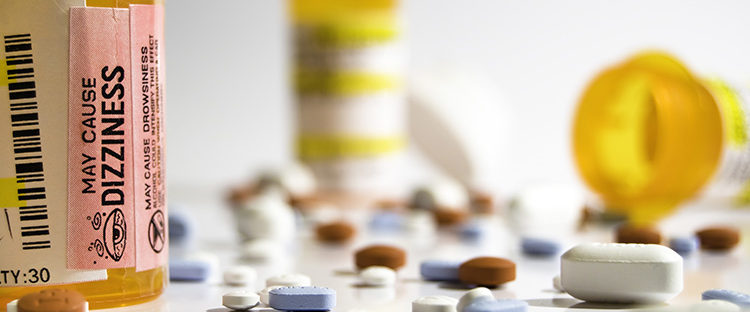There can be a fine line between regular use of drugs and drug abuse. To find out whether or not someone that is using drugs is dependent on them or just taking them recreationally you can ask yourself these two questions:
- Why does the personal use drugs?
- What happens when they are under the influence of drugs?
What makes someone abuse drugs?
Many times people with alcohol dependence and/or drug problems use the drugs to acquire a specific effect, such as escaping emotions. While there may be many reasons for someone to use drugs, the people that become addicted usually all desire the escape.
It is still possible to like the escape / feeling that comes with alcohol and drug use while not having a drug problem, which brings us to the second question of ‘What happens when they are under the influence of drugs?”. Behaviors such as blacking out, uncontrolled drinking, and not caring about the negative consequences that come from drinking alcohol / taking drugs can all point towards a drug abuse problem.
Ignoring the Consequences
A major sign that someone has a drug abuse issue is that the user will continue using despite all the negative consequences of their actions. Take a DUI for example – a normal users would try to ensure that they never get in this situation again and avoid it completely. People with drug abuse disorders would recognize that they definitely don’t want another DUI but would continue to get themselves in the same situations and still take the risk.
Treating Drug Abuse
Once someone has accepted that they have a drug problem the first step, depending on the severity of the problem, is to go to a drug detox facility. Going cold turkey after years of abusing drugs or alcohol can have serious life threatening consequences, so it’s important to do it the right way.
Once completely detoxed the most important thing to do is to go through primary treatment, aka rehab. Rehab is essential to drug recovery as it removes the person from all the daily stresses and triggers in everyday life that play a role in their addiction. When the person leaves rehab there are oftentimes many challenges in the day to day life.
This is where sober living comes in. Living in a sober house helps by giving you the tools you need to succeed in everyday life. At Tharros, we work with people who have already finished some form of major alcohol or drug treatment. Our clients are sober and free from drugs. A commitment to staying free from all mind changing drugs is a condition of living at Tharros House. People usually stay between 4-6 months, however some reside as long as a year, or longer.
We believe that learning how to live life without having to pick up a drink or a drug is seriously important, but it’s just part of the process. At Tharros House, we concentrate on skills to maintain sobriety, but also on helping each client to build a life that they want to live in being sober. Our staff helps each client to recognize how to include purpose, meaning, success, and other key factors of a joyful life. Clients direct their personal recovery with support, suggestions, and accountability provided by our team and community. Learning the skills of life are incorporated both on an individual basis through activities like grocery shopping, meal planning, and service commitments, and on a group basis, like cooking classes.
Rehabilitation from drug abuse isn’t usually a quick process. It requires effort, and it takes time. Building a solid foundation will serve you for your entire life, which is the reason why we solely accept clients ready to put sobriety and recovery as their top priority. To learn more about our approach and get answers to common questions, please visit https://tharroshouse.com/faq/.







